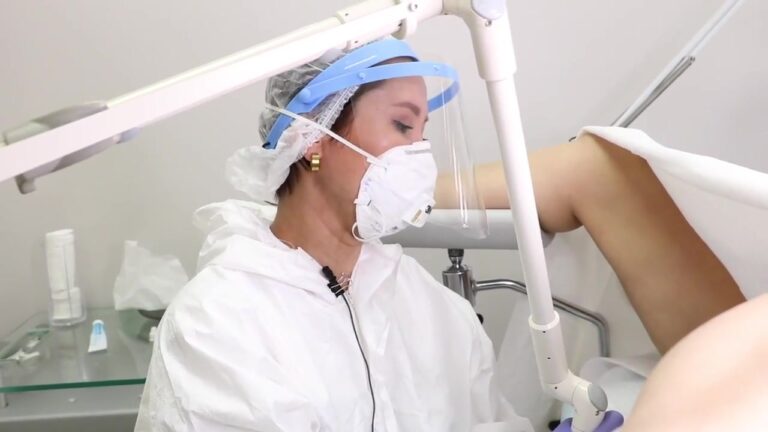
Генитальный герпес – это ЗППП, вызываемое вирусом герпеса человека типа 1 или 2. Он является причиной язвенных поражений гениталий. Диагноз клинический, с лабораторным подтверждением при помощи выделения вируса из культуры клеток, полимеразной цепной реакции или серологических исследований. Лечение состоит в назначении антивирусных препаратов.

Диагностика
Клиническая оценка
— Посев на культуру и полимеразная цепная реакция (ПЦР)
— Серологическое тестирование
— Диагноз генитального герпеса часто ставится на основе наличия характерных очагов поражения; группы пузырьков или язв на эритематозной основе нехарактерны для генитальных язв, за исключением тех, которые вызваны вирусом простого герпеса. Однако эти повреждения отсутствуют у многих пациентов.
При неясном диагнозе необходимы тесты на выявление ВПГ.
При исследовании обычно берут образец жидкости из основания везикулы или недавно возникшего очага изъязвления, если таковой присутствует. Отсутствие ВПГ при культивировании, особенно у больных без активных поражений, не исключает ВПГ-инфекции, поскольку выделение вируса не постоянно. Кроме того, вирусологический метод имеет ограниченную чувствительность; ПЦР является более чувствительным и используется чаще.
Иногда доступна прямая иммунофлюоресценция с маркированными моноклональными антителами, этот метод высокоспецифичен, но не очень чувствителен.
Серологические тесты способны с большой точностью обнаружить антитела к ВПГ-1 и ВПГ-2, которые развиваются в течение первых нескольких недель после заражения и затем постоянно присутствуют в организме. Таким образом, если инфицирование генитальным герпесом произошло предположительно недавно, тесты, возможно, необходимо будет повторить, чтобы дать время для проявления сероконверсии.

Серологические тесты на ВПГ преследуют несколько целей:
— Обследование пациентов, у которых нет подозрительных генитальных поражений, но которым данное обследование необходимо или они сами пожелали его пройти (например, из-за генитальных поражений, имевших место в прошлом, или высокорискового поведения)
— Чтобы помочь определить риск развития очаговых поражений
— Выявление беременных женщин, которые не имеют генитальных поражений, но подвергаются риску передачи герпеса новорожденному во время родов
— Определение риска заражения здорового партнера от полового партнера с уже имеющимся генитальным герпесом



